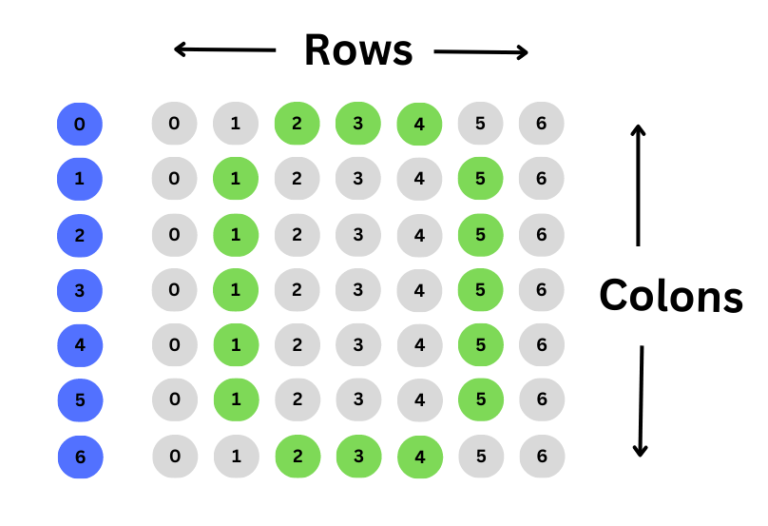In this program, we will print all odd numbers between 1 to 100.
Steps to solve the program
- Use for loop with range function to iterate over each number from 1 to 100.
- If a number is not divisible by 2 then only print the number.
for i in range(1,101):
if i%2 != 0:
print(i,end=" ")
Output :
1 3 5 7 9 11 13 15 17 19 21 23 25 27 29 31 33 35 37 39 41 43 45 47
49 51 53 55 57 59 61 63 65 67 69 71 73 75 77 79 81 83 85 87 89 91
93 95 97 99
